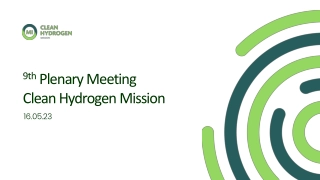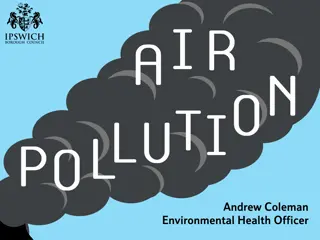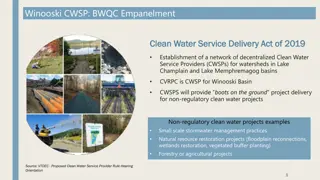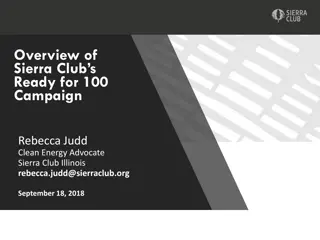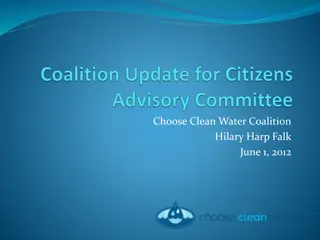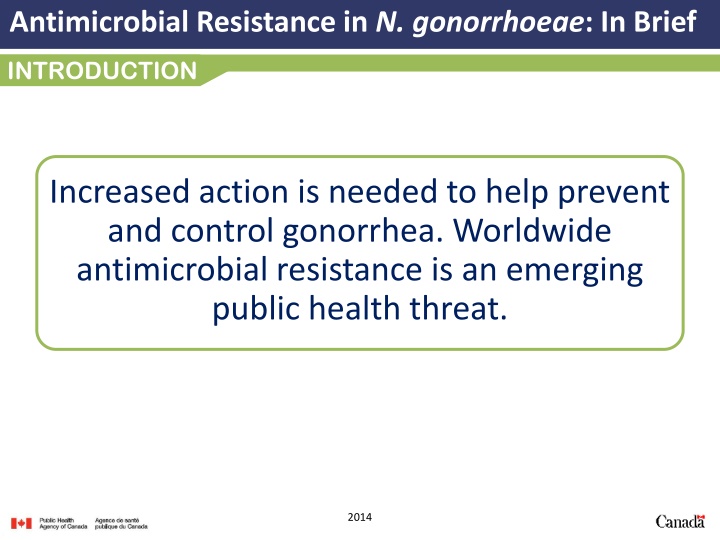
Antimicrobial Resistance in Neisseria Gonorrhoeae
Learn about the emerging public health threat of antimicrobial resistance in Neisseria gonorrhoeae, the key issues surrounding drug resistance, the importance of proper diagnosis with cultures, recommended treatment strategies including combination therapy, and follow-up protocols for managing gonorrhea infections effectively. Stay informed and take action to combat the growing challenge of antibiotic resistance in gonorrhea.
Download Presentation

Please find below an Image/Link to download the presentation.
The content on the website is provided AS IS for your information and personal use only. It may not be sold, licensed, or shared on other websites without obtaining consent from the author. If you encounter any issues during the download, it is possible that the publisher has removed the file from their server.
You are allowed to download the files provided on this website for personal or commercial use, subject to the condition that they are used lawfully. All files are the property of their respective owners.
The content on the website is provided AS IS for your information and personal use only. It may not be sold, licensed, or shared on other websites without obtaining consent from the author.
E N D
Presentation Transcript
Antimicrobial Resistance in N. gonorrhoeae: In Brief INTRODUCTION Increased action is needed to help prevent and control gonorrhea. Worldwide antimicrobial resistance is an emerging public health threat. 2014
Antimicrobial Resistance in N. gonorrhoeae: In Brief KEY ISSUES Gonococcal infections have been resistant to existing drug therapies Reported cases of gonococcal infection in Canada have increased since 1997 Progressive resistance to penicillin, tetracycline &quinolones. Decreased susceptibility to third generation oral & injectable cephalosporins Resistance to cephalosporins particularly observed among MSM* * Men Who Have Sex With Men 2014
Antimicrobial Resistance in N. gonorrhoeae: In Brief DIAGNOSIS Cultures are particularly important in the following situations: Suspected pelvic inflammatory disease Depending on clinical situation, consider collecting both cultures and NAAT especially in symptomatic patients In cases of suspected or increased probability of treatment failure MSM who are symptomatic If the infection was acquired in a geographical area with high rates of antimicrobial resistance 2014
Antimicrobial Resistance in N. gonorrhoeae: In Brief TREATMENT Patients should be treated with combination therapy (two antibiotics) For MSM, the preferred therapy for uncomplicated anogenital and pharyngeal infection is: ceftriaxone 250 mg IM PLUS azithromycin 1 g oral Monotherapy should be avoided in order to help prevent resistance For other adults and youth ( 9 years), the preferred therapy for uncomplicated anogenital and pharyngeal infection is: ceftriaxone 250 mg IM PLUS azithromycin 1 g oral For uncomplicated anogenital infection only: cefixime 800 mg oral PLUS azithromycin 1 g oral (not appropriate for pharyngeal infections) The above based on Public Health Agency of Canada s Canadian STI Guidelines: http://www.phac-aspc.gc.ca/std-mts/sti-its/cgsti-ldcits/section-5-6-eng.php 2014
Antimicrobial Resistance in N. gonorrhoeae: In Brief FOLLOW-UP Test of Cure Post-Treatment 2-3 Weeks later NAAT 3-7 days later Culture All sexual partners within 60 days prior to symptom onset should be notified, tested and empirically treated Repeat screening for individuals with a gonococcal infection is recommended 6 months post-treatment 2014
Antimicrobial Resistance in N. gonorrhoeae: In Brief REPORTING TREATMENT FAILURE is defined as one of the following in the absence of reported sexual contact during post-treatment period: Positive N. gonorrhoeae on culture taken at least 72 hrs. after treatment Cases of gonorrhea must be reported to public health officials Treatment failures should also be reported Positive NAAT taken at least 2-3 weeks after treatment Presence of intracellular Gram- negative diplococci on microscopy taken at least 72 hrs. after treatment 2014
Antimicrobial Resistance in N. gonorrhoeae: In Brief CONCLUSION To successfully address the public health risk of antimicrobial resistant gonorrhea, all primary care and public health professionals must work together. 2014




